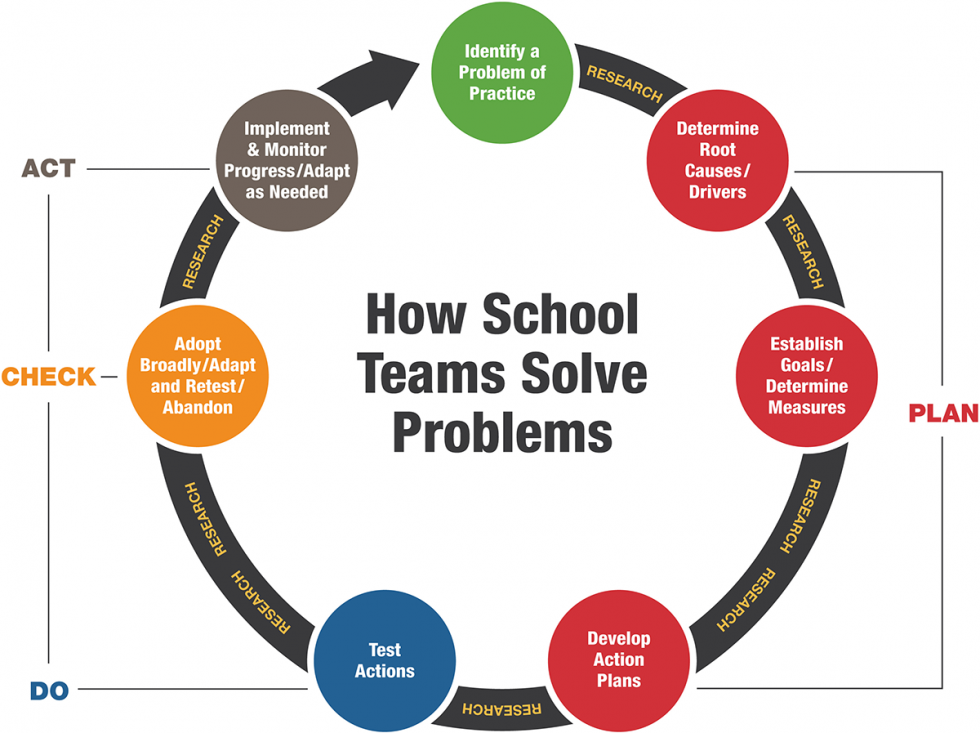Recovery Planning Guide: 2021-22
A Roadmap for Effective Use of Federal Funding
The Challenge and the Response
SREB created this framework to guide education leaders tasked with rapid decisions as federal education recovery funds flow to states, school districts and colleges. If offers a roadmap for planning in three phases: immediate needs, longer-term systemic improvement, and ongoing progress monitoring.
With a strong planning process, K-12 schools and higher education institutions can use the new funding to close gaps left by COVID-19 ─ and design education’s post-pandemic future.
Phase One: Immediate Needs
K-12 schools, colleges and universities face pressing needs in helping faculty and students return to quality teaching and learning. ESSER and HEER funding will be instrumental in addressing these.
Focus teams can be an effective distributed leadership strategy to involve the whole school or college in identifying needs and developing plans to address them.
Phase Two: Systemic Improvement
Schools, districts, and postsecondary institutions should balance addressing immediate needs with a look to the future as each institution develops plans for recovery funds expenditure. In Phase Two, planning shifts from a focus on Band-Aids to cover immediate needs to cures for long-term problems.
Although there are few limitations on funding uses, SREB recommends that support address these broad areas identified in the legislation:
Phase 3: Monitoring Process and the Effectiveness of Interventions
Lessons
There are many lessons to be learned about the most efficient, effective use of Elementary & Secondary School Emergency Relief funds and Higher Education Emergency Relief funds.
The best use of such spending will help schools better understand students’ recovery needs while shining a strong light on equity. Successful schools will commit to high-impact practices and focus their spending on strategies that specifically target recovery.




